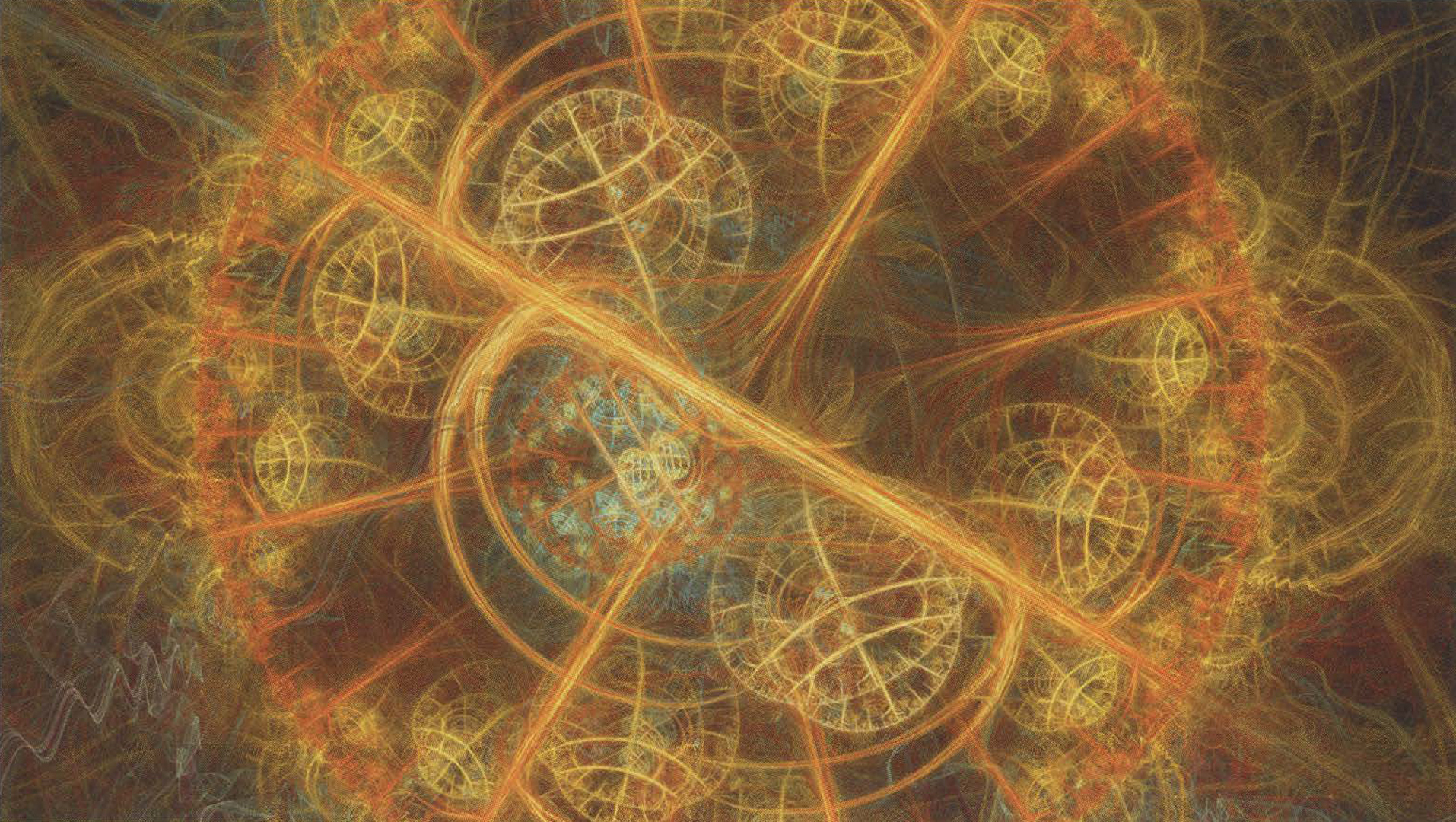Scott Draves: Dreams in High Fidelity
Artist(s):
Title:
- Dreams in High Fidelity
Exhibition:
Medium:
- Distributed screensaver, aesthetic evolution, custom software
Size:
- 24" x 42"
Category:
Artist Statement:
Dreams in High Fidelity is a painting that evolves. It was designed and rendered with a cyborg mind composed of 30,000 computers and people mediated by a genetic algorithm.
Physically it consists of a small computer driving a large high-definition display. The computer creates a continuously morphing, non-repeating, abstract animation.
The animations are realized with the Electric Sheep, a distributed screensaver that harnesses idle computers into a render farm with the purpose of animating and evolving artificial life-forms, each known as a “sheep.” The voting of the audience determines the fitness function: the most popular sheep live longer and reproduce.
Interested users can download additional software and become sheep designers. They manually edit genomes and post them to the server where they join the flock. Hence the artificial intelligence of the server collaborates and competes with a human design collective.
Starting in 2005, the artist began to use the Electric Sheep as raw material for creation of Dreams in High Fidelity. He selects his favorite sheep from the archives and public flock and sends them back to be re-rendered at high fidelity: heaven for an electric sheep.
Dreams in High Fidelity is available in a limited edition of four. Each has a slightly different flock and includes a sheep unique to it. Each flock resonates differently on playback so its sheep have a unique frequency distribution.
Technical Information:
The genetic code of a sheep is about 240 floating-point numbers long. It is rendered into an image by the Fractal Flame algorithm, a generalized and refined type of iterated function system. Despite appearances, the implementation is strictly two-dimensional.
There are about 55GB of 1280×720 mpeg4 video stored on the hard disk of the playback computer. The content is stored in a directory of 1,000 clips, each 30 seconds long. The clips are arranged in a graph, with each clip having multiple successors (five on average). They are woven into a seamless, non-repeating sequence in real time.
Each frame of video takes about one CPU-hour to render. The whole Dreams in High Fidelity would have required over 100 years of work on an ordinary PC.
Affiliation Where Artwork Was Created:
- The Electric Sheep





